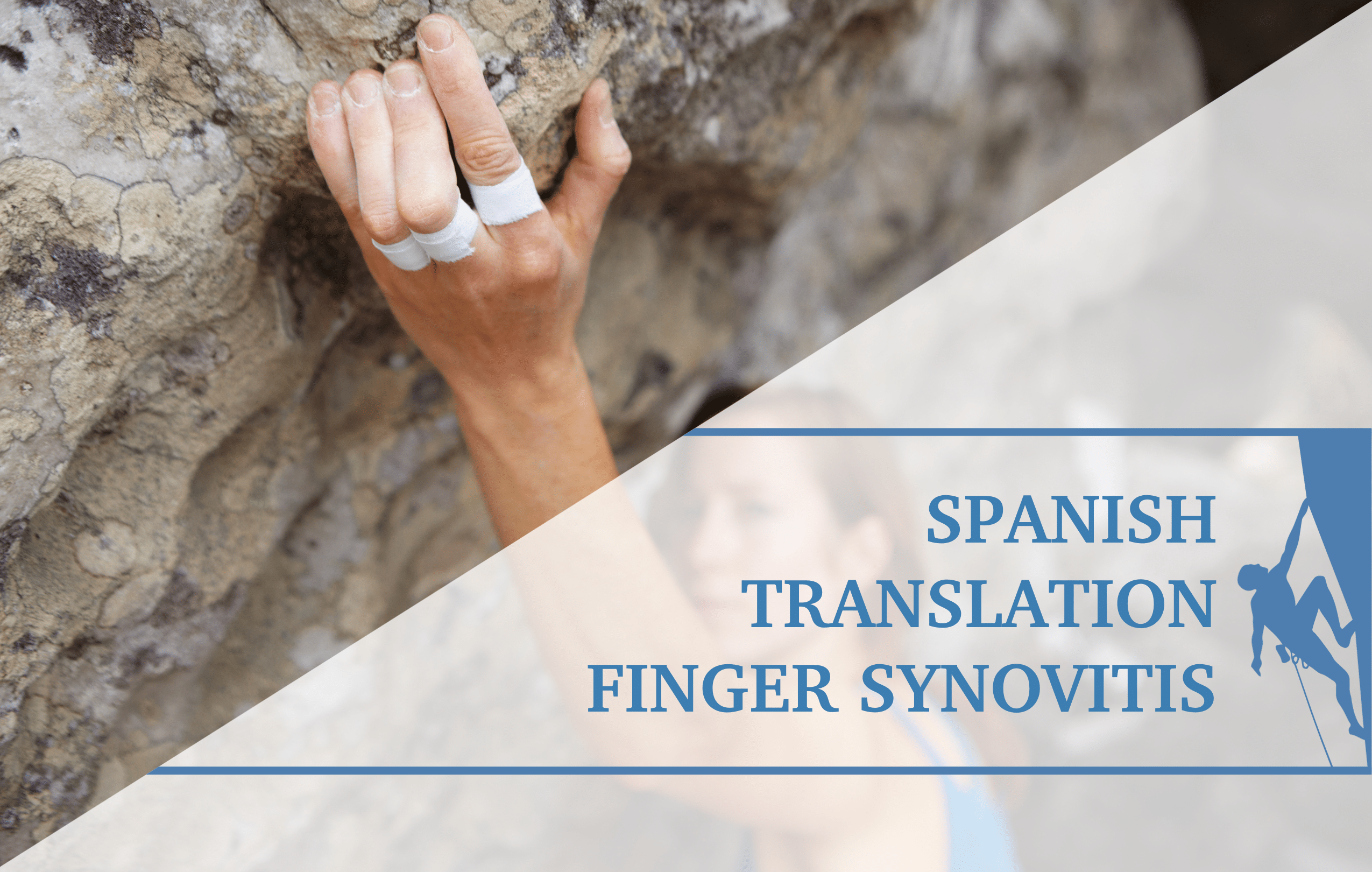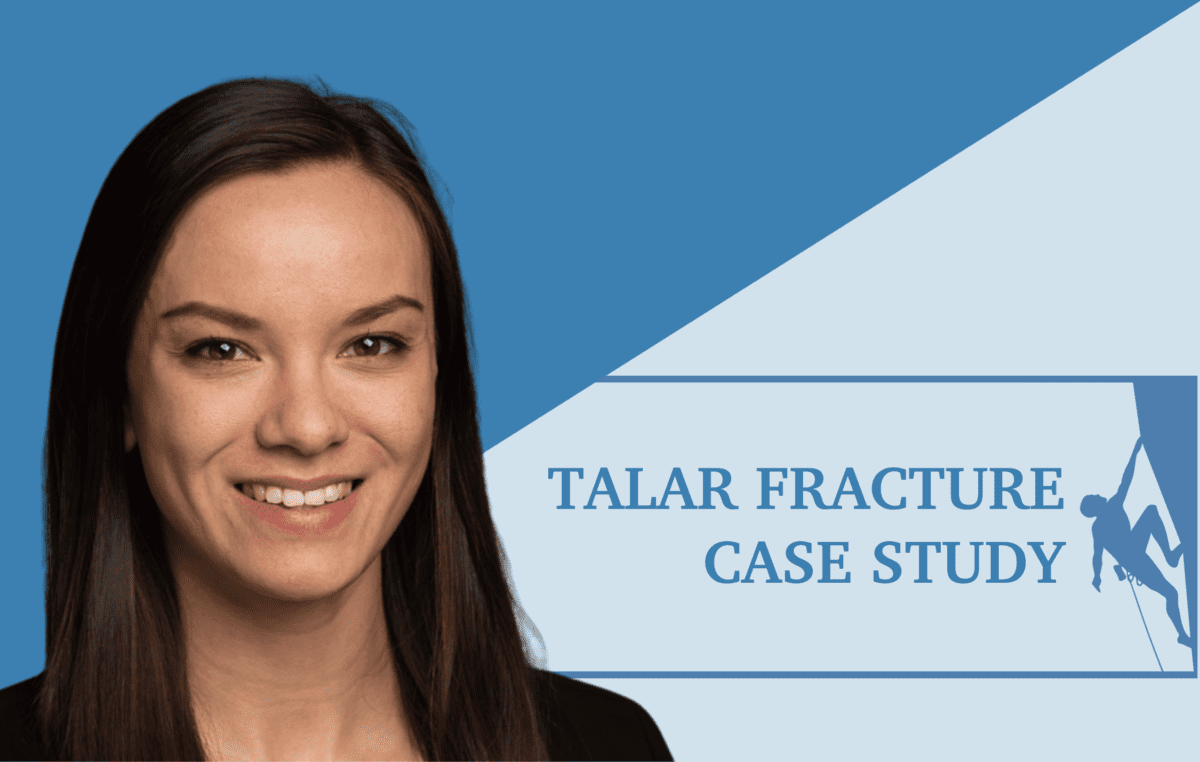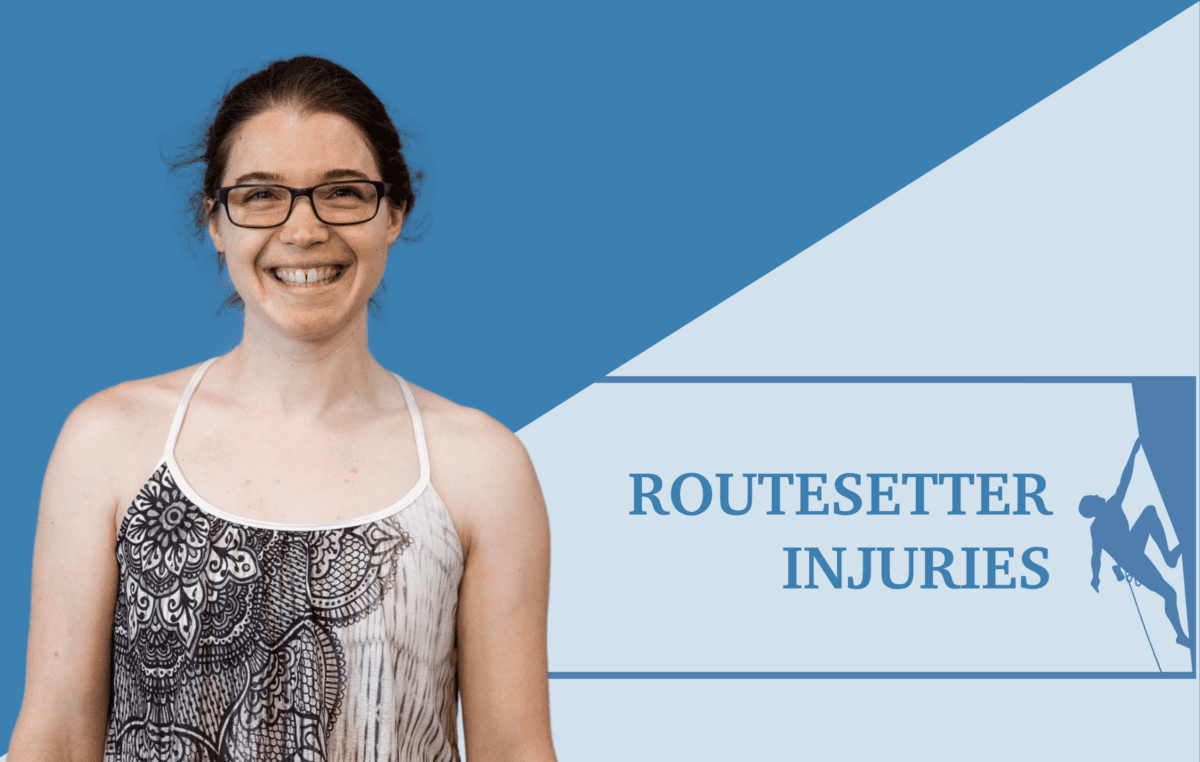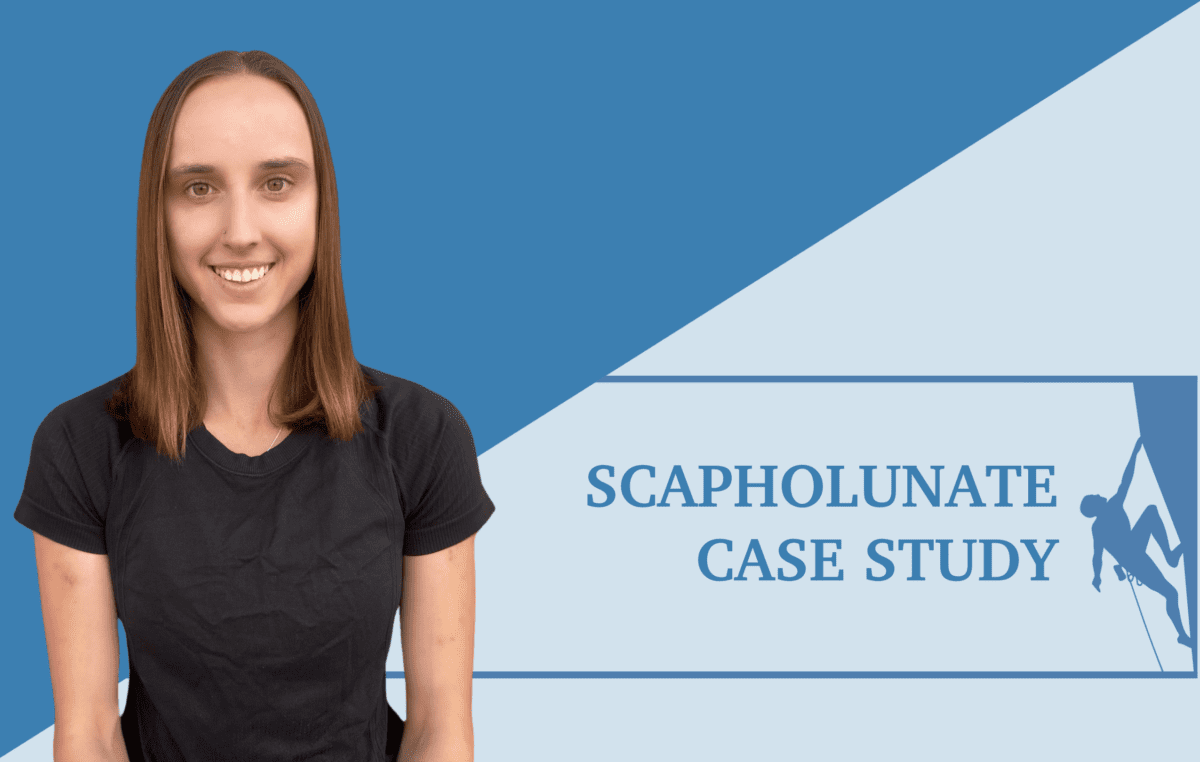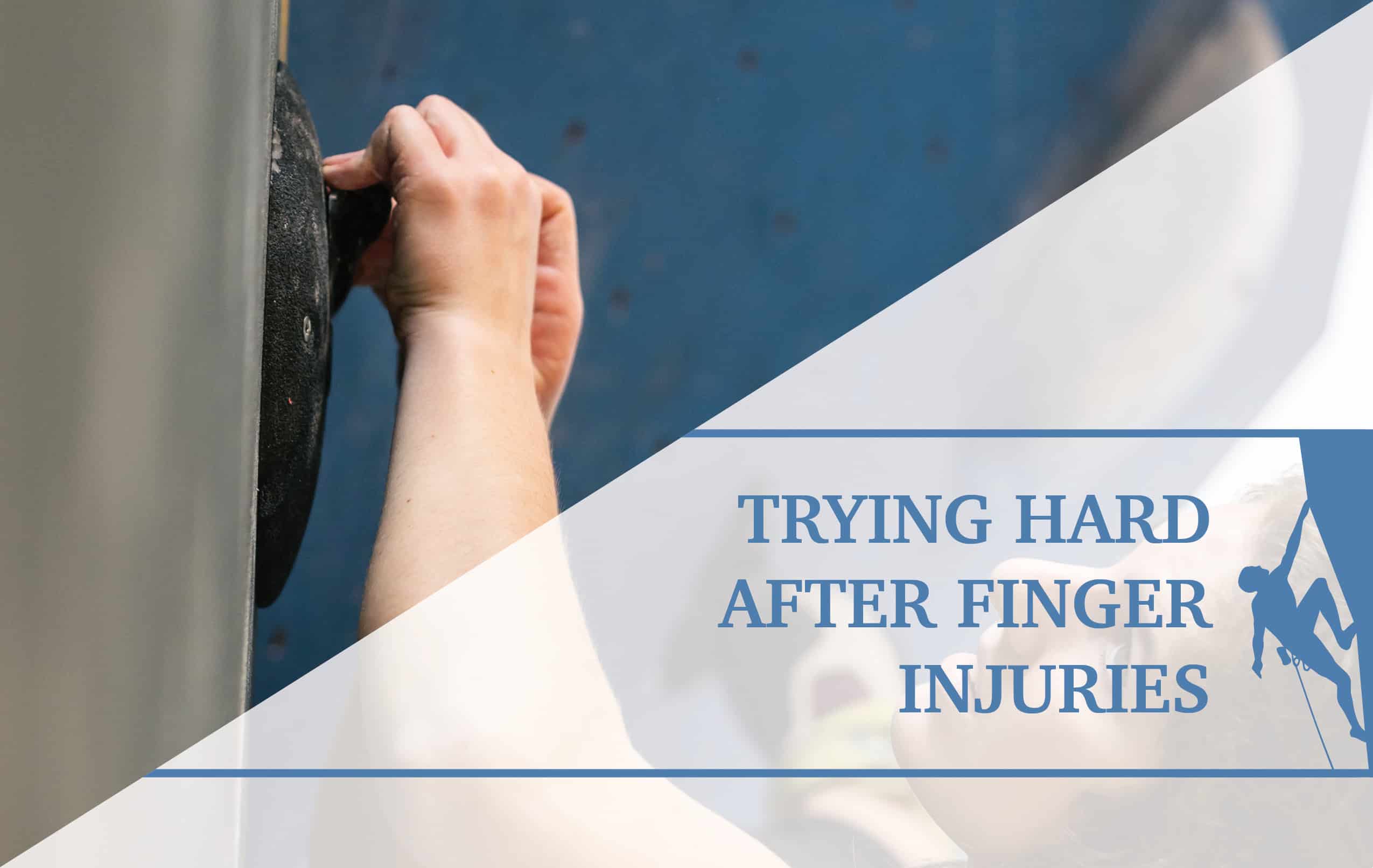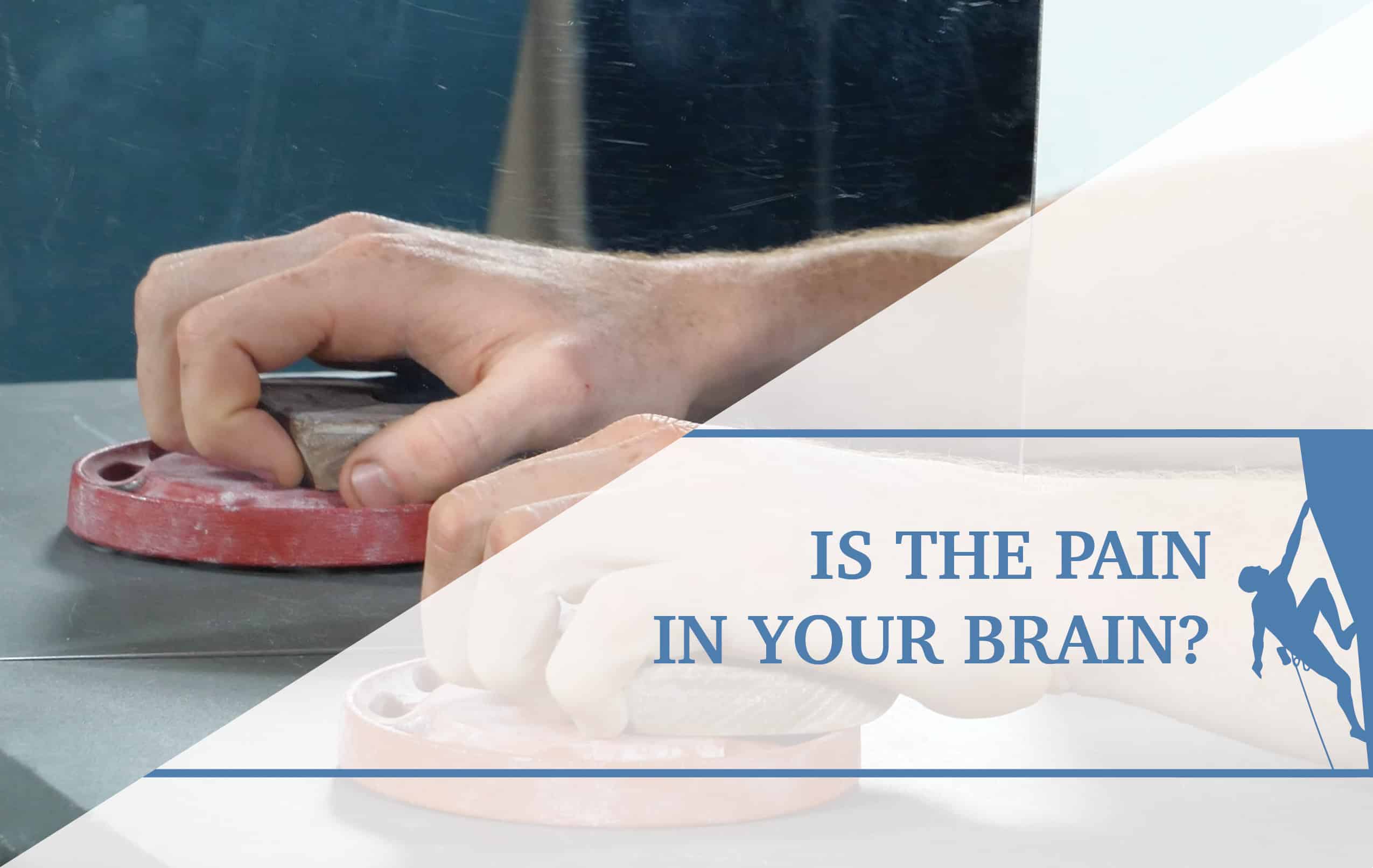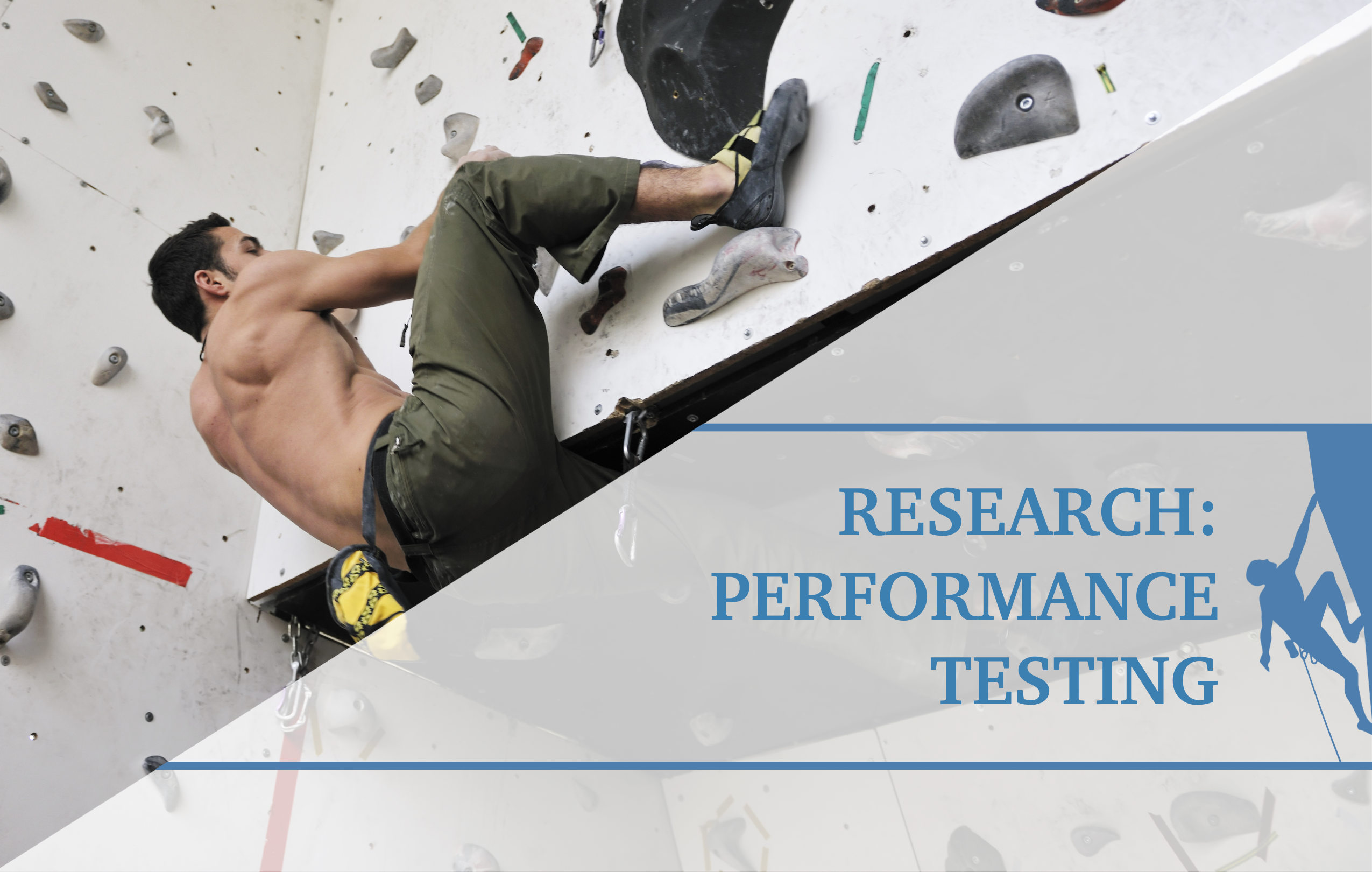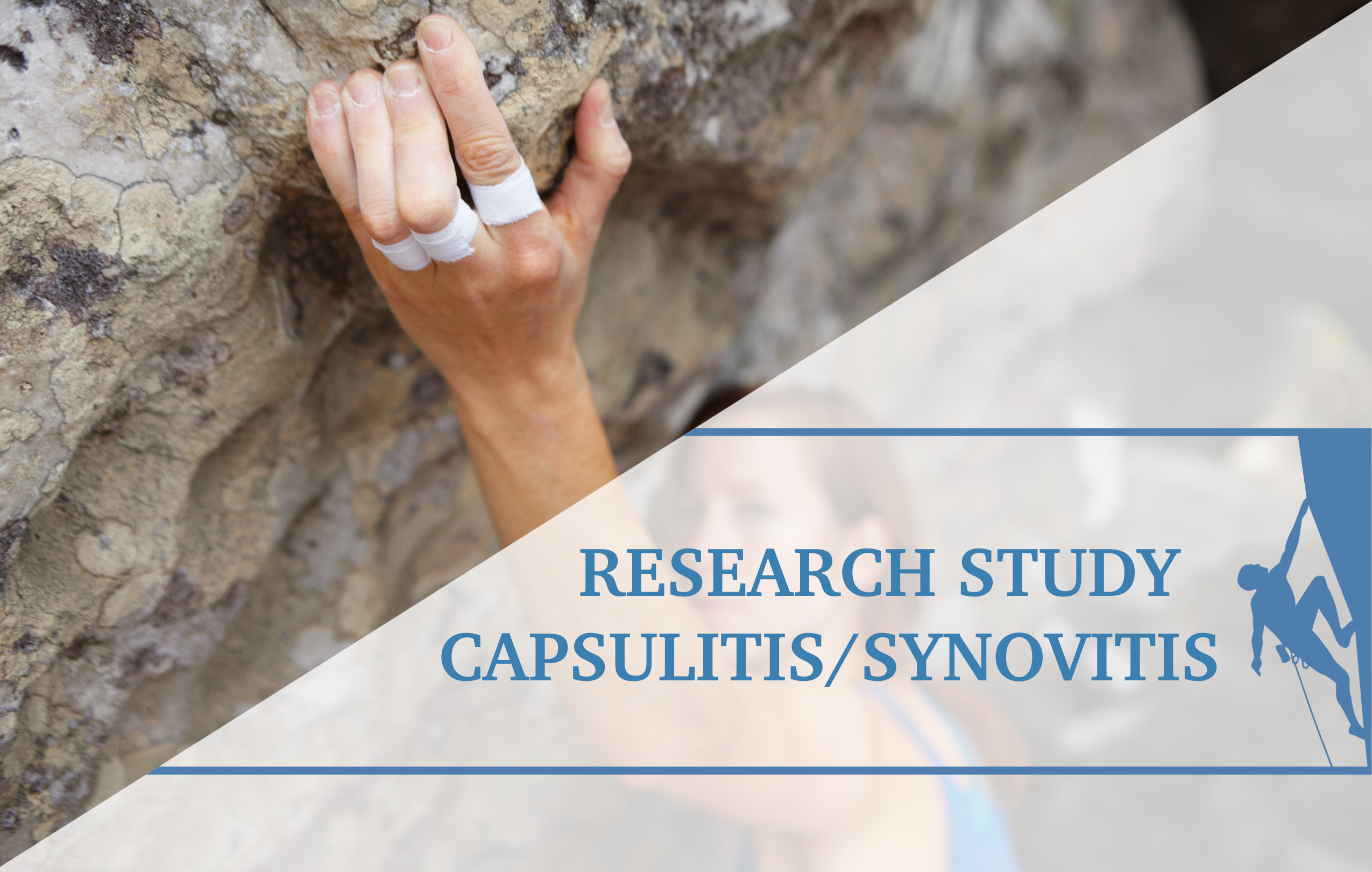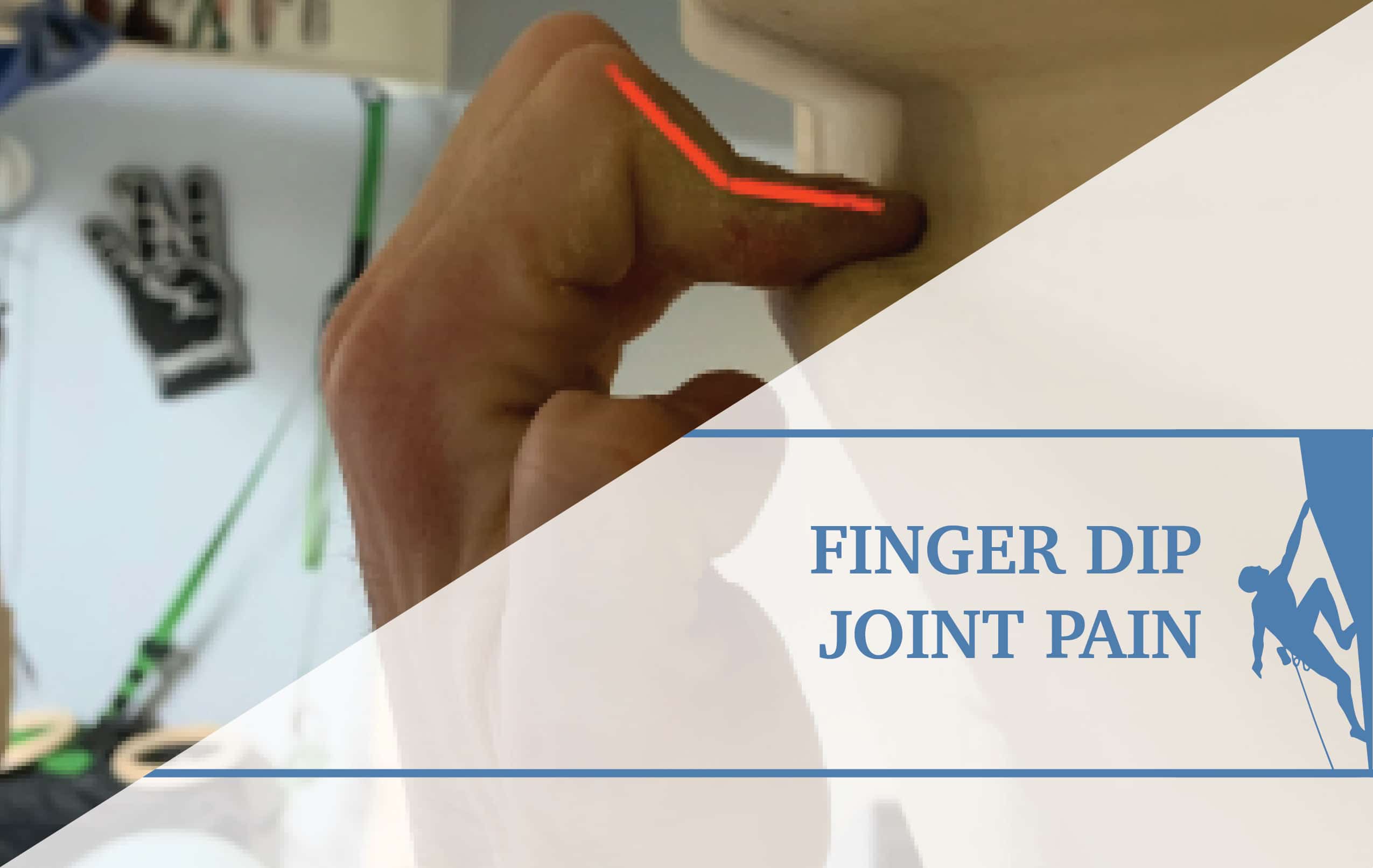A Spanish Translation of the research article “Clinical Management of Finger Joint Capsulitis/Synovitis in a Rock Climber.” Article written by Dr. Jared Vagy DPT “The Climbing Doctor” and translated by […]
In this engaging presentation, Dr. Allison Tran, a physical therapist and a board-certified orthopedic clinical specialist, presents a case study on managing a talar neck fracture in a rock climber. […]
In this insightful presentation, physiotherapist Evelyne Lajoie explores the occupational risks and injury profiles associated with the profession of routesetting. Using data from a comprehensive web survey, Lajoie discusses common […]
This presentation presents a detailed case study on a scapholunate ligament injury, providing a comprehensive look at the anatomy, biomechanics, injury history, rehabilitation protocol, and the climber’s return to sport. […]
Some time ago, you were out climbing. You tried this limit move a few times in a row, and on the last go, you heard the infamous POP.
Fast forward a […]
Have you ever wondered if the pain that you are feeling is real or if it is just in head? There is a 100% percent chance that it is […]
Below is a published article in the peer reviewed open access journal: Frontiers in Sports and Active Living. It was written by Kaja Langer, Christian Simon, and Josef […]
Below is a published article in the peer reviewed open access journal: Frontiers in Sports and Active Living. It was written by Dr. Jared Vagy DPT “The Climbing Doctor” […]
Joint pain is part of life as a rock climber, and so much emphasis is placed on finger pulley and flexor tendon injuries, but what about the other side of […]
By Stacey Castaldo, SPT, CSCS
It was just another day at the climbing gym, I’d done a couple warm-up routes, and now I was just starting up a new 5.12 in […]
BlogThe Climbing Doctor2024-03-18T13:06:17-07:00

